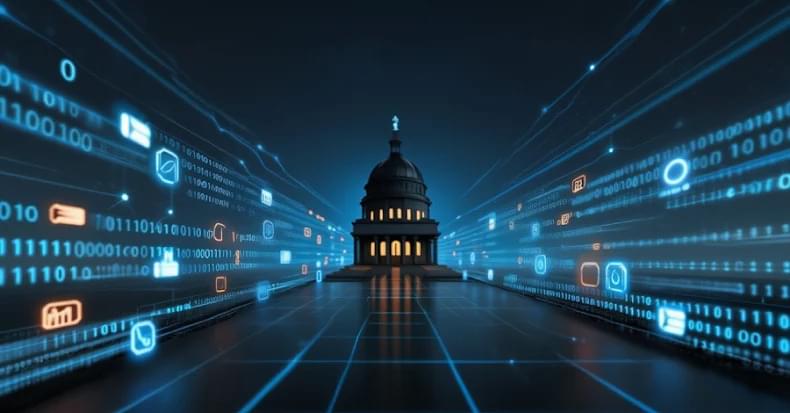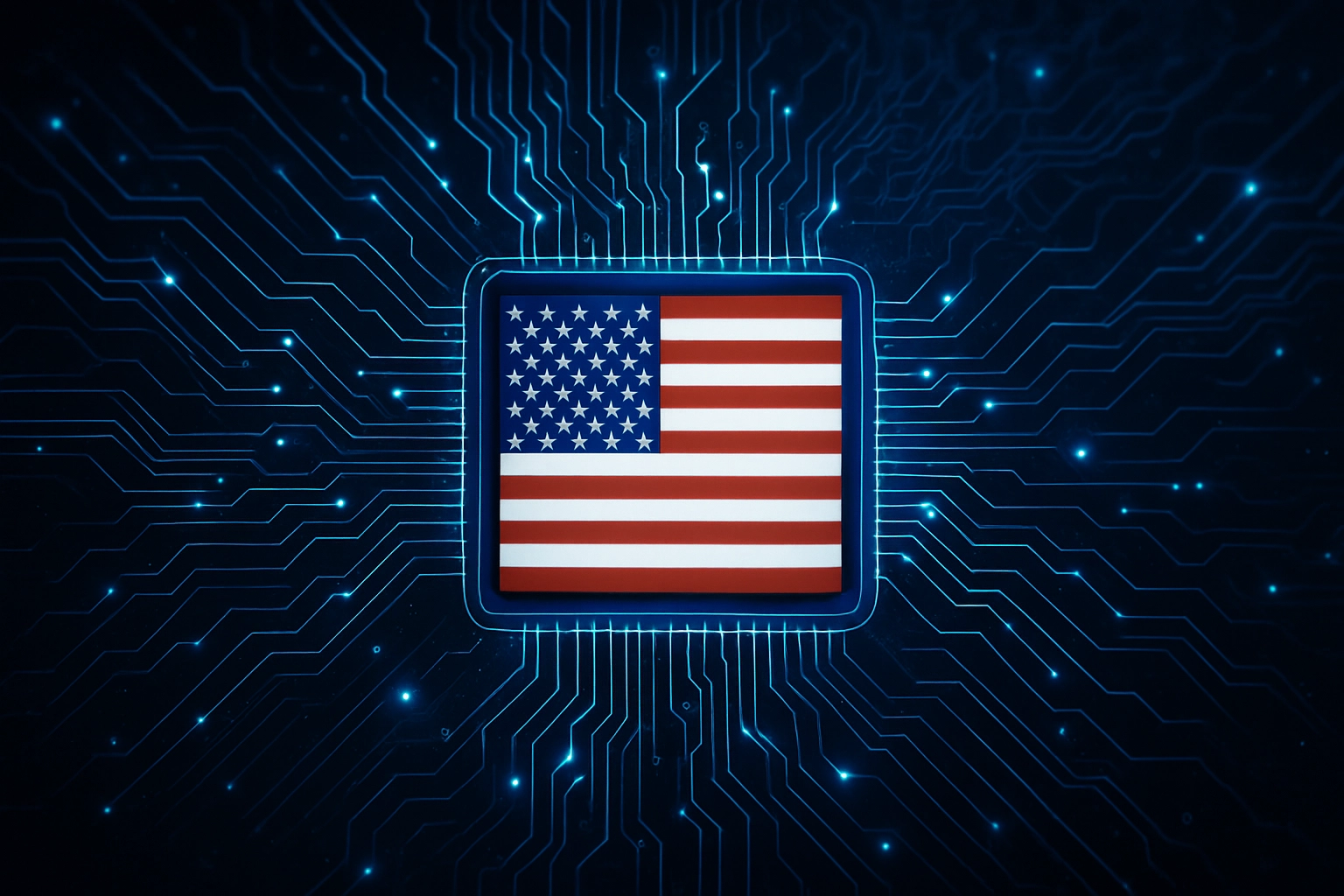India mandates undeletable Sanchar Saathi on new phones to curb fraud, spoofed IMEIs, and illegal telecom activity.




The Mexican government will build a supercomputer with a processing capacity seven times greater than the current most powerful computer in Latin America, officials responsible for the project said Wednesday.
Named Coatlicue, after a goddess in Aztec mythology representing the source of power and life, the computer will have a processing capacity of 314 petaflops.
“We want it to be a public supercomputer, a supercomputer for the people,” President Claudia Sheinbaum told reporters.

In this episode of The Quantum Spin by HKA, host Veronica Combs discusses the intersections of quantum technology and cybersecurity with Chuck Brooks, an adjunct professor at Georgetown University and the president of Brooks Consulting International. Chuck discusses how the evolution of technology, particularly AI and quantum computing, has dramatically transformed cybersecurity. The conversation also touches on the role of CISOs, the integration of new technologies, and the importance of ongoing education and adaptation in the face of rapidly changing technologies.
00:00 Introduction to Quantum Spin Podcast 00:34 Guest Introduction: Chuck Brooks 00:46 Chuck Brooks’ Career Journey 02:09 Evolution of Cybersecurity 02:47 Challenges for CISOs 04:27 Quantum Computing and Cybersecurity 07:43 Future of Quantum and AI 10:51 Disruptive Technologies in Organizations 15:15 AI in Academia and Professional Use 17:06 Effective Communication on LinkedIn 18:23 Conclusion and Podcast Information.
Chuck Brooks serves as President of Brooks Consulting International with over 25 years of experience in cybersecurity, emerging technologies, marketing, business development, and government relations. He also is an Adjunct Professor at Georgetown University in the Cyber Risk Management Program, where he teaches graduate courses on risk management, homeland security, and cybersecurity.

As part of the QuNET project, researchers have demonstrated how quantum key distribution works reliably via hybrid and mobile channels. The results are milestones for sovereign, quantum-secured communication in Germany and have been published in the New Journal of Physics.
Quantum communication is considered a crucial technology for long-term data security and thus also for technological sovereignty in Germany and Europe. At its core is the distribution of secure cryptographic keys based on quantum physical processes—quantum key distribution (QKD).
QKD will not only be important for highly secure communication in government agencies, the military, and businesses, but will also help protect the data we use in our daily lives.

#homelandsecurity #innovation
Having been involved in the creation of the Department of Homeland Security’s Science & Technology Directorate, and with decades of experience working at the intersection of government, industry, and academia, I have come to a simple but important observation: innovation in homeland security doesn’t happen in one area. Instead, it thrives where mission, research, and engineering come together.
Convergence is the catalyst. Cyber defense, autonomous systems, identity management, quantum computing, and photonics are all examples of technological advancements that didn’t develop in isolation. Their progress was the result of different sectors working together on shared goals, risk management, and practical use. Homeland security enterprise is constituted by a multi-sectoral nature: government sets mission needs, industry creates scalable solutions, and academia provides the necessary research. Real innovation happens when these areas come together.
Statistical data highlights the significance of this alignment. Research on cyber-behavior, for instance, demonstrates that organizational culture, national context, and employee backgrounds significantly impact risk outcomes. Practically speaking, this implies that secure systems cannot be developed in isolation. The human and institutional context is as crucial as technical advancements.

Necrosis Inhibitors To Pause The Diseases Of Aging — Dr. Carina Kern Ph.D. — CEO, LinkGevity
Dr. Carina Kern, Ph.D. is the CEO of LinkGevity (https://www.linkgevity.com/), an AI-powered biotech company driving innovation in drug discovery for aging and resilience loss.
Dr. Kern has developed a new Blueprint Theory of Aging, which takes an integrative approach to understanding aging, combining evolutionary theory, genetics, molecular mechanisms and medicine, and is used to structure LinkGevity’s AI.
Dr. Kern’s labs are based at the Babraham Research Campus, affiliated with the University of Cambridge and her research has led to the development of a first-in-class necrosis inhibitor targeting cellular degeneration (Anti-Necrotic™). This novel therapeutic is ready to begin Phase II clinical trials later this year, as a potential breakthrough treatment for aging, with UK Government, Francis Crick Institute KQ labs, and European Union (Horizon) support.
The Anti-Necrotic™ has also been selected as one of only 12 global innovations for NASA’s Space-Health program, recognizing its potential to mitigate accelerated aging in astronauts on long-duration space missions.


The U.S. Cybersecurity & Infrastructure Security Agency (CISA) is warning government agencies to patch an Oracle Identity Manager tracked as CVE-2025–61757 that has been exploited in attacks, potentially as a zero-day.
CVE-2025–61757 is a pre-authentication RCE vulnerability in Oracle Identity Manager, discovered and disclosed by Searchlight Cyber analysts Adam Kues and Shubham Shahflaw.
The flaw stems from an authentication bypass in Oracle Identity Manager’s REST APIs, where a security filter can be tricked into treating protected endpoints as publicly accessible by appending parameters like?WSDL or ;.wadl to URLpaths.